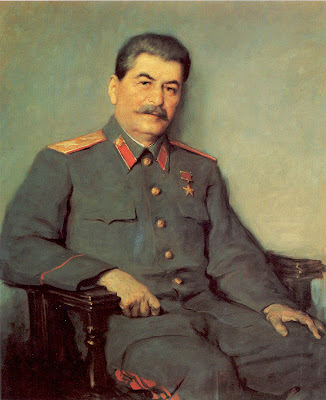Revolution in Russia
(Chapters 28 pgs. 881-891)
Czar Nicholas II/The Romanovs/Absolute Power and Abject Poverty
The February-March Revolution
Provisional Government & Alexander Kerensky
The Soviets
V.I. Lenin & the Bolsheviks
“All power to the soviets!”
“Peace, land, and bread!”
The October-November Revolution
The Politburo (The Vanguard and the Proletariat)
Josef Stalin
Leon Trotsky
Kulaks
Collectivization
Five-Year Plans
The Gulag
European Fascism
(Chapter 28 pgs. 867-880)
Fascism and Totalitarianism
Organic State—No Individualism
Charismatic Leader—is the will of the people, and the Cult of Personality
Energy, Force, Anti-rationalism, (Struggle, Action), Manhood
Mass Movement/Race, Citizenship and the “Other” (Unification thru Hatred)
(Extreme Nationalism)
Anti-Communism
Anti-Church
Anti-Democracy—Leader “is” the will of the people/No Parliament
Fascism in Italy:
Benito Mussolini—“Il Duce”
King Victor Emmanuel III
German Fascism:
The Demise of the Weimar Republic
Reparations, Inflation and Middle Class Ruin
Adolf Hitler
National Socialist German Workers’ Party
Nazism
Mein Kampf
Joseph Goebbels/Heinrich Himmler
The Reichstag
The Enabling Act
Extreme, Primitive Nationalism
The Jewish Question and the Final Solution
Nuremberg Laws
Ghettos
Wannsee Conference










































